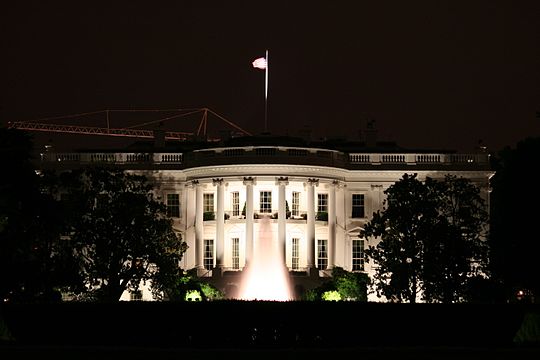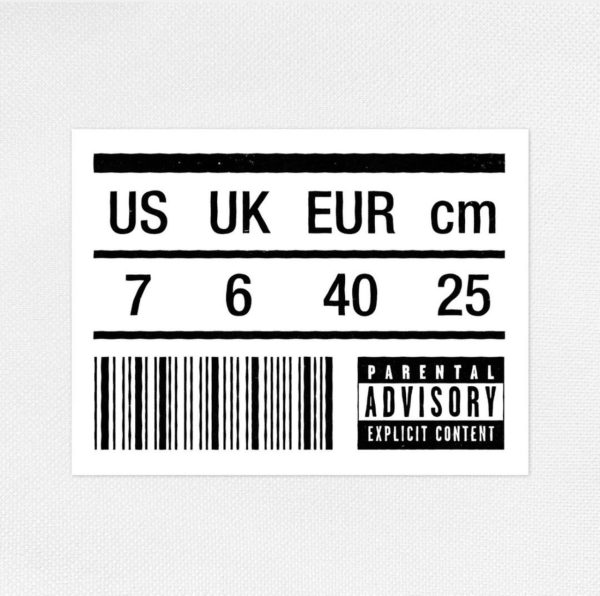Trump Unveils Budget Proposal

Credit: 350z33 at en.wikipedia
The Trump administration’s new budget proposal aims to shore up America’s defense while otherwise drastically reducing the role of government.
On March 16, President Trump released his outline for next year’s federal budget. It has induced a vitriolic response from many on the left, but his supporters hail it as a great first step for the new administration.
Mick Mulvaney, the director of the office of Budget and Management, said on Fox and Friends on the morning of the budget proposal’s publication: “You had an America first candidate. You have an America first president. Now you have an America first budget. We’re spending more money to defend the country,… more money for school choice, and less money for things like foreign aid.”
The content of the budget blueprint is not particularly surprising. Rolling back the size of government was fundamental to Trump’s pseudo-Conservative platform. Hence, the President is proposing $54 billion in cuts to non-defense-related components of the federal government.
And in keeping with his campaign promises to sure up the border and the military and to take care of our veterans, his proposal gives sizable budget increases to the departments of Defense, Homeland Security and Veterans Affairs.
However, those are the only three departments getting a boost in funding. Virtually all other government agencies will be cut down to a certain extent if the plan is passed as it was written. And following his proposal to take loads of money away from the government, Trump, as was to be expected, faced a fervent backlash from many on the political left.
One cut in particular that has been focused on extensively by Trump’s detractors is his proposed $2.6 billion budget reduction of the Environmental Protection Agency. Many fear that Trump taking power away from the EPA is a sign that not enough will be done to prevent global warming. However, others believe that environmental regulations should not be made unilaterally by a government agency and should instead have to go through congress.
Another element of the budget blueprint that has received a lot of attention was Trump’s proposal to completely defund public broadcasting and arts programs.
Those opposed to these cuts believe that there is a lot of social benefit provided by PBS, NPR, and the many arts programs receiving federal funding across the nation. However, others believe that these programs are beyond the realm of a reasonable government.
These folks believe that it is not only wasteful but also unfair to fund certain types of news networks and art companies, while smaller news and art consortiums are left to fight over the scraps.













